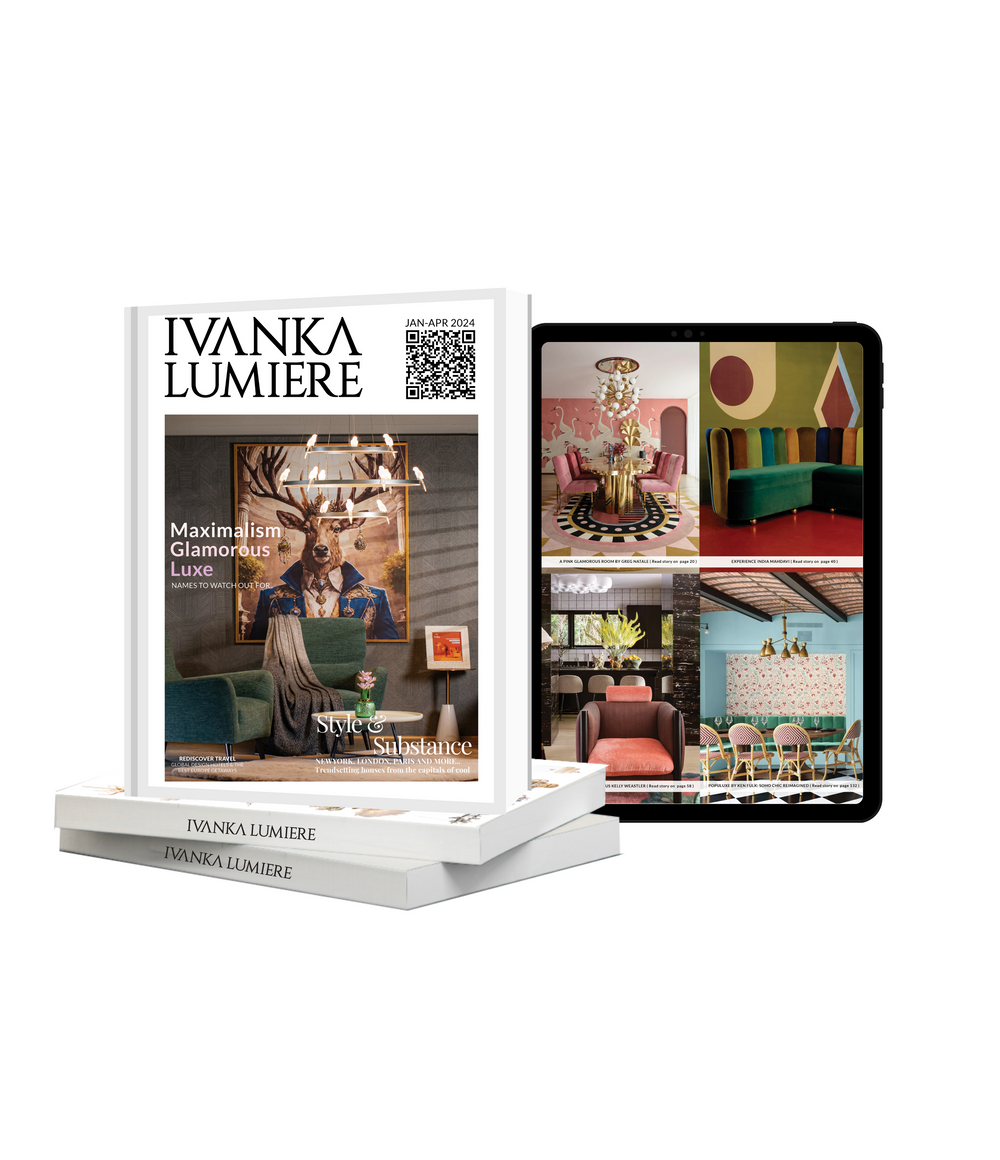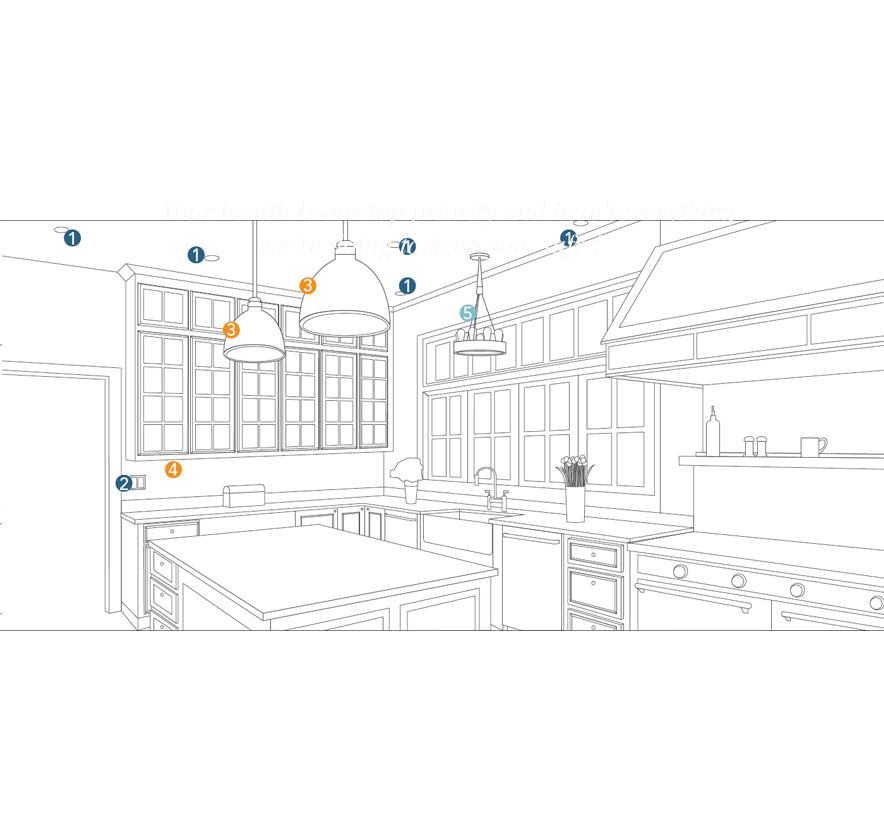From meal prepping to cozy brunches, kitchen lighting deserves careful consideration.
Kitchen lights should be bright because you are working with knives and other cooking materials, but can also create an enticing environment for engaging guests. Which means, the kitchen lighting needs to be as flexible as the room itself.
Kitchen: 3,000 to 4,000 lumens.
Firstly, look at the size of the kitchen and the amount of natural light it gets. Secondly, consider the activities that will occur in each space. Such as the space above the hob and sink requires task lighting, for cooking and cleaning. Whereas, the dining area requires mood lights, as you will be entertaining your guests there.
A good kitchen lighting system needs at least two elements: bright, shadow-free, task light for safe cooking and preparation, and atmospheric illumination to create mood, highlight architectural features and make the room feel less functional.
With so many different light sources at your disposal and with different functions to cater for, it is wise to consider a flexible control system rather than a simple on/off switch. If possible, make sure your lights are controlled separately so you can create different moods at the flick of a switch. LED recessed lights with dimmable control, can adjust the brightness and color of the light.
To illuminate an island or dining table, we recommend wide chandelier or multiple pendants.
- Hanging a series of pendant lights or an impressive single statement piece over the dining table will help separate the eating space from the kitchen’s work zone.
- Hang pendants low over the table to create a warm and cozy environment and to create plenty of functional light, but high enough so that you don't bump your head. Depending on the size of your island and your style, opt for single or multiple. Single pendants make a statement over a smaller island, while multiple balance out a longer piece.
- If you are working with a single fixture , it should cover 2/3rd of the island/ or dining length. If you want to hang multiple pendants the distance between the island and the pendant should be approx 30-36" while the distance between the pendants should be 30-32".
You may want to seek advice from our lighting expert who will have a vast knowledge of the different sources of light, the many fixtures and fittings on offer, as well as today’s hi-tech control systems. Always employ a qualified electrician to ensure a safe and well-fitted installation.
Single lighting Fixture

Multiple Pendants



